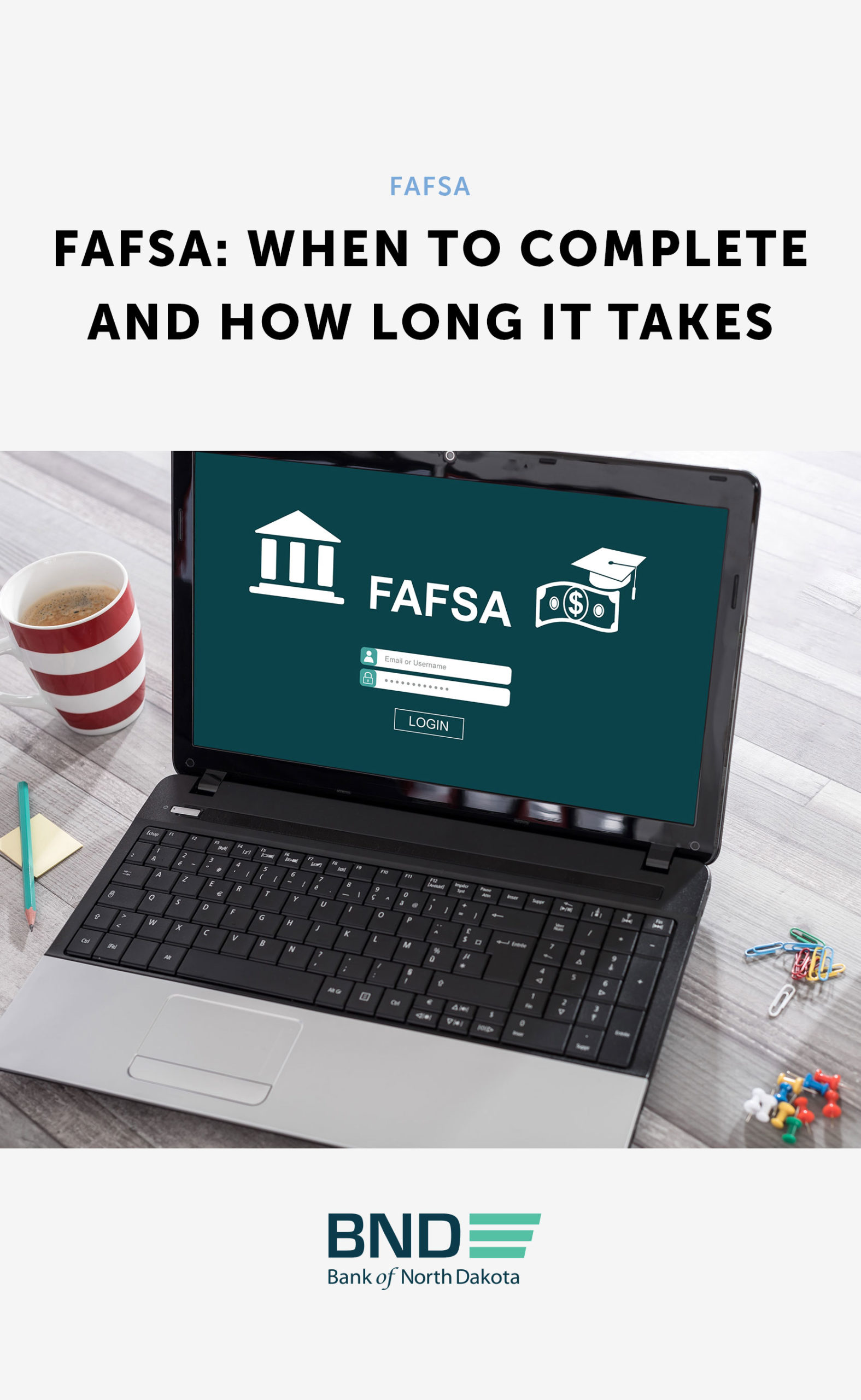Types of colleges and the certificates or degrees you can earn
Students can earn degrees through technical schools, two-year colleges, public or private colleges and universities, tribal colleges and distance learning. You will need to consider which college options offer your program of interest and whether the school meets your preferences for class size and amount of time spent at school.

- Technical colleges: Technical colleges may also be called a trade school or vocational school. They offer one-year certificates or two-year associate degrees and are hands-on and job-focused. They place less importance on your high school grades than a four-year college or university.
This may be a good fit for you if you want a trade job such as an automotive technician, drafter, machine tool technician, welder, medical transcriptionist, dental hygienist or graphic designer. These are just a few examples of trade jobs you may enjoy.
If you are interested in a one-year certificate program, check with the financial aid office to see if the program is eligible for financial aid.
- Two-year colleges: Two-year colleges offer associate degrees which usually take two years to complete if you stay on track with your classes. Some offer bachelors’ degrees, often working with another university in the state. Some two-year colleges also offer industry-specific training such as power plant, health care or oil field-related jobs.
- Four-year colleges or universities: Four-year colleges or universities offer bachelors’ degrees. Some colleges or universities may offer masters’ and doctorate degrees as well. These schools tend to be larger than two-year colleges and often have a greater variety of programs.
- Tribal colleges: Tribal colleges are operated by American Indian tribes and include Native culture and traditions in teaching and training They offer many of the same degrees as other colleges. Your high school grades or ACT® scores are not considered when reviewing your application.
Distance learning: If you know you will have difficulty taking classes on campus, distance learning may be the best option for you. These schools allow you to take classes online, through television and in some cases, by correspondence.
Choosing a college
If you would like to attend college in North Dakota, there are 20 options for state and private colleges, and even more when you add technical colleges. Do a combination of online research and visiting with others to start your list. This helpful comparison tool may be handy as you compare colleges.
The cost of college should factor into your decision. Bank of North Dakota’s website contains several calculators to help you make sound financial decisions.
Salary-to-debt calculator: Salary-to-debt calculator tells you how much student loan debt you can afford based on a certain salary.
Debt-to-salary calculator: Debt-to-salary calculator tells you how much salary you will need to support your student loan debt.
Bank of North Dakota’s Regional College Cost Sheet compares the cost of attending college in North Dakota, South Dakota, Montana and Minnesota and is updated annually.
Questions to ask when choosing a college
- What do I want to major in?
- Which colleges have the major I’m interested in?
- Do I want to be on a small or large campus?
- What are the graduation rates?
- What are the job placement rates for my major?
- What is campus life like?
- What are the costs and average student debt?
- What is the student-to-professor ratio? Are the class sizes large or small?
- Do I want to graduate early? If so, does the college offer accelerated classes (e.g. two eight-week classes in one semester)?
Develop a class plan
When you have decided on a college, make a plan to set your course so you know what classes you’ll be taking and when. Work with the registrar’s office and ask these questions. You may be able to cross a few courses off your list.
- If you attended college previously, can any of those credits be applied toward your current degree or used as electives?
- If they can’t be used, can you take a CLEP or DSST exam to receive those credits or to earn other credits? These are standardized tests that allow you to ‘test out’ of lower-level college courses in a wide variety of subjects, from math to business to humanities. For example, let’s say you’re a bit of a biology whiz. If you score high enough on the biology CLEP test, you may not need to take the class in college. Always check with the college to make sure it offers the option to test out of classes. Some base the number of credits you earn on how well you do on the test. There is a fee to take the exam, but the cost is usually less than the cost of a college class. Both tests are free to U.S. military personnel.
- Does the college offer credits for life experience? If you have worked in a field that applies to your major, you may be able to cut out a class or two. It’s always a good idea to ask if you can receive credit for your work or life experience. Some colleges accept up to 30 credits in that manner, so you can definitely cut the cost of college if it is accepted.


